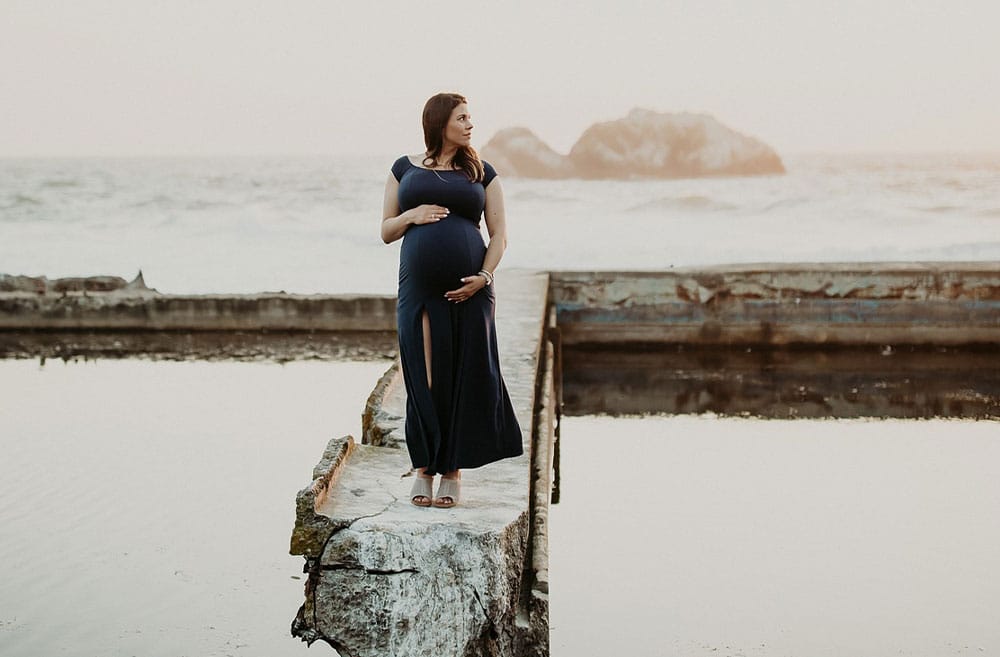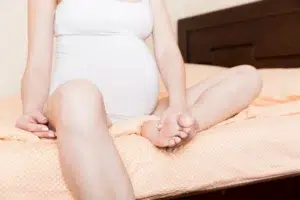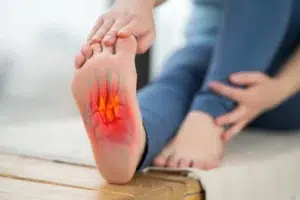
Home » Is The Pregnancy Over But The Edema Is Still There?
Is The Pregnancy Over But The Edema Is Still There?
During pregnancy, your body produces about 50% more blood and fluids to support the development of the baby and placenta. About a quarter of the weight gained during pregnancy comes from these fluids. Pressure during labor and IV (infusion) fluids in the event of a C-section can cause swelling. Other factors may include heat, humidity, prolonged standing, high sodium and caffeine consumption, and lack of potassium.
When should postpartum swelling be a cause for concern?
Slight swelling is a common phenomenon but should not lead to symptoms such as discharge, redness, increased pain, fever, or bad odor. If swelling appears mainly on one side or is accompanied by a change in color, it can indicate deep vein thrombosis, a condition that requires urgent treatment.
In general, swelling after childbirth is a normal part of the medical process after childbirth. But please note, if there is no improvement after several days or if there is an exacerbation of the swelling or pain, it is important to see a doctor.
And now, for tips, how to relieve swelling after childbirth:
drink up!
This may sound counterintuitive to you, but actually, drinking plenty of water can help your body release retained fluids.
Avoid staying too long in a hot environment
Is it hot today? Reduce the time you spend outside and look for shade. By the way, if you feel like exercising, know that swimming can also provide relief from swelling. Which brings us to the third point…
Exercise
Don’t worry, no one expects you to qualify for the next Olympics, but light exercises, such as gentle walking, can be essential. They will improve blood circulation in your body and reduce swelling. Of course, it’s always important to consult your doctor before starting any new exercise routine.
Some old tips – that are still relevant…
Remember that time when you ate for two, and everywhere you went you carried someone else with you? You know…what’s it called? Being pregnant!
Naturally, most of the tips for relieving swelling that were relevant during the pregnancy period are also relevant after giving birth.
Avoid prolonged standing
When you have to stand, take frequent breaks to sit and elevate your legs, which helps blood flow. Also, avoid crossing your legs while sitting, as this inhibits blood flow.
Choose comfortable footwear
It is important that you wear shoes that allow your feet to breathe, and this also means avoiding high heels. Additionally, avoid wearing tight clothing around the wrists and ankles, and instead choose looser clothing that doesn’t restrict your blood flow.
Use cold compresses
Apply cold compresses to particularly swollen areas, such as the hands and feet, you can also submerge your feet in a tub of cool water.

The Writer is Dr. Mati Nof – Foot & Ankle Orthopedic surgeon, member of the American Foot & Ankle Orthopedic Society.



